Looting of the sea: the great sand theft – ABC
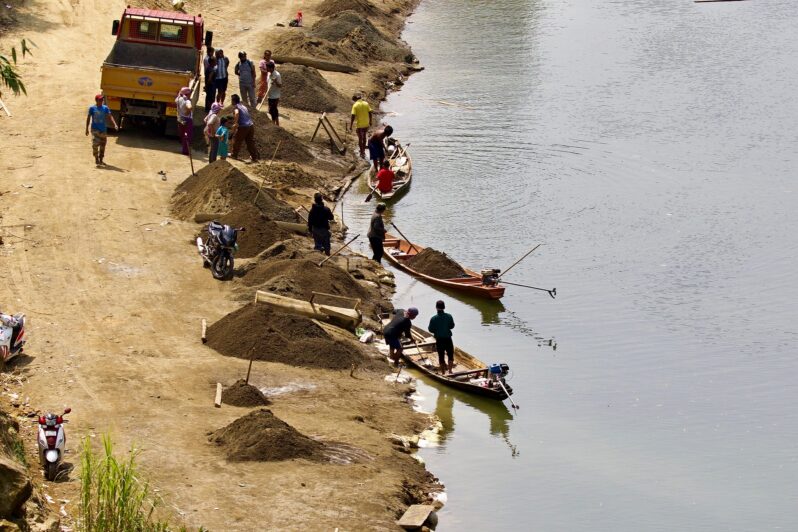
It is the most demanded raw material after water. It is used to make concrete, chips, detergents, paints… and even artificial islands. The big cities are hungry for sand and to satisfy it, the world’s beaches are being plundered….
In Vietnam, the mighty Mekong’s banks are crumbling as illegal sand miners run riot – South China Morning Post
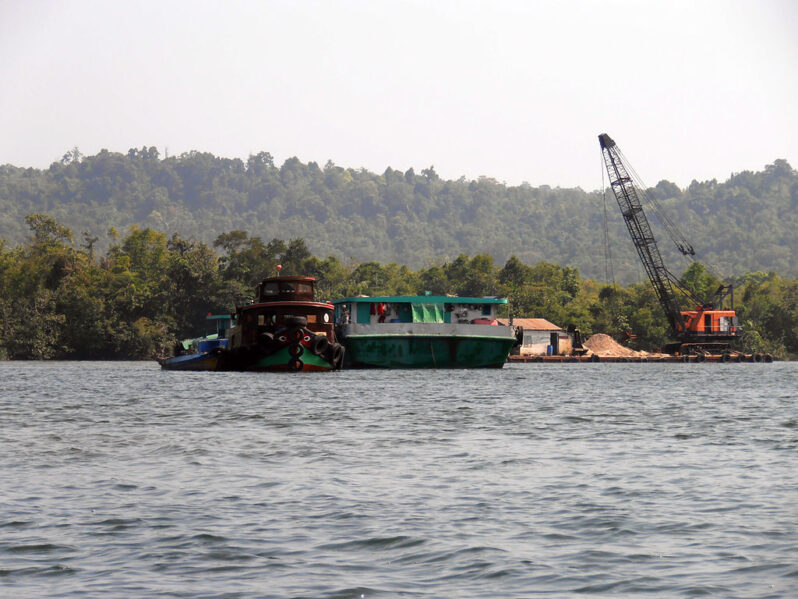
When the retaining wall of Vietnamese fish farmer Ho Thi Bich Tuyen’s catfish pond collapsed into the Hau River several years ago, she knew who was to blame: illegal sand miners.
“They took the sand, and the riverbed just kept going lower and lower,” she said. “There were so many of them. The sand miners came close to the riverbank. So I told the local ward officials to shoo them away, but at night they came back again…”
A Thirst for Sand – Mekong Eye
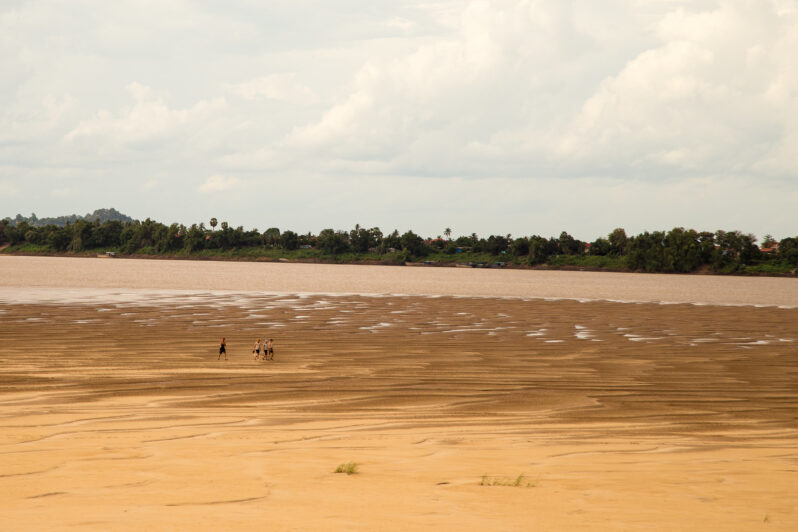
The rising demand for sand to resume post-pandemic growth drives unregulated and illegal sand mining in the Mekong River, where people living along its banks have lost their houses and fortunes to severe erosion.
One October morning in Vietnam’s Dong Thap province, 72-year-old Nguyen Thi Cam sat on the banks of the Mekong River, staring at dredgers hoovering up sand in the distance.
“My house was over there before,” she said, pointing to a raft floating about 50 meters from the riverbank…
Life’s no beach for Thais affected by sand mining – Mekong Eye
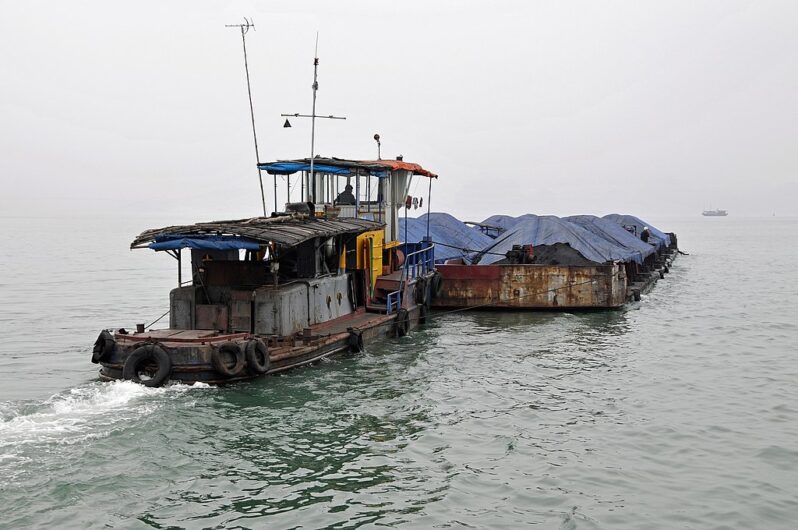
Illegal sand mining has been an ongoing issue in Thailand’s section of the Mekong River due to fragmented governance and “influential people.”
Crowds of locals and tourists are drawn to Had Hae – a sandy beach that emerges when the level of the Mekong River falls in That Phanom district in Thailand’s northeast Nakhon Phanom province, which borders Laos.
The beach, which looks like an island in the middle of the river, is filled with visitors and local people’s makeshift stalls selling food and other goods during the summer…
Cambodia’s insatiable appetite for river sand – Mekong Eye
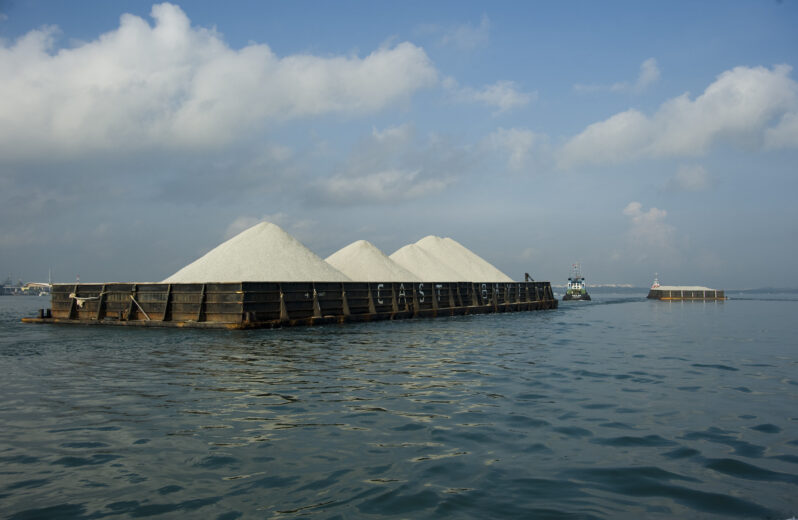
The high level of corruption in Cambodia undermined the public’s trust in the government’s regulations on the sand mining industry.
Sor Sok Lang, a resident of Ta Ek commune in Kandal province, 40 kilometers from Cambodia’s capital Phnom Penh, has thought about leaving her house on the banks of the Mekong River – where she watches her land get eaten up by the river every year…
Mekong Delta pays a high price from sand mining – Mekong Eye
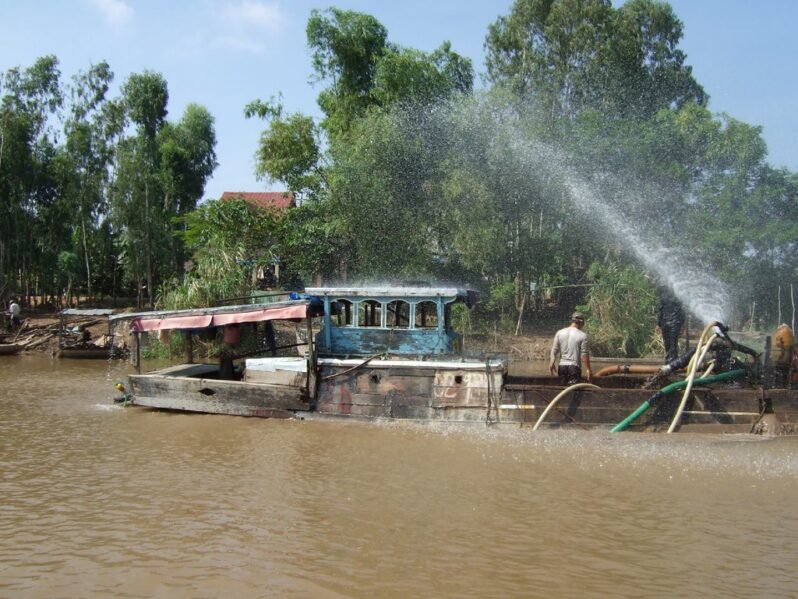
The need for sand to build roads and infrastructure in Vietnam charges ahead with few restraints as land and houses are lost.
The only traces of Long Phu Thuan, an islet in the Mekong River in Vietnam’s Dong Thap province, can now only be found in old maps.
Much of the islet belonged to Le Van Phi, a 70-year-old farmer. Back in 1976, he explored the islet and converted 0.4 hectares of it into farmland. He grew corn, soybeans and chili peppers in the dry season, and rice in the flooding season…
Lost Lands: Mining the Mekong – the South China Morning Post Films
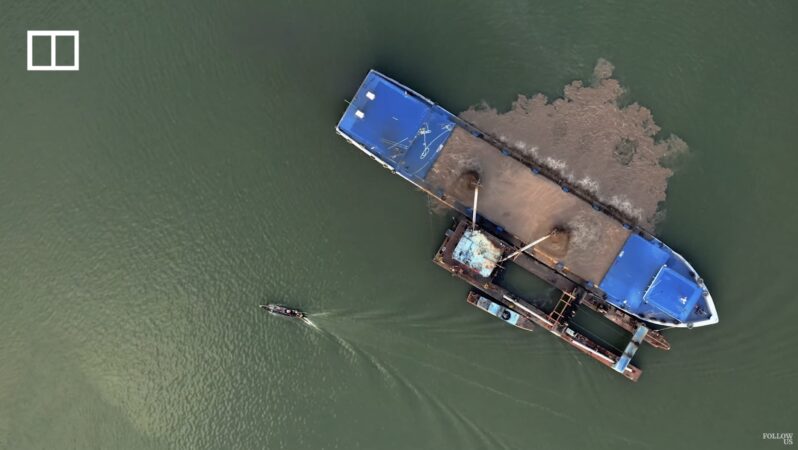
Cambodia’s appetite for sand has exploded as construction continues to fuel economic growth in the capital Phnom Penh. But as the thirst for sand grows, so does the uncertainty over the future of the river. Two families who rely on the river for a living share their stories of how sand dredging is causing pain and concerns for the future.
China’s Mekong dams turn Thai fishing villages into ‘ghost towns’- Context
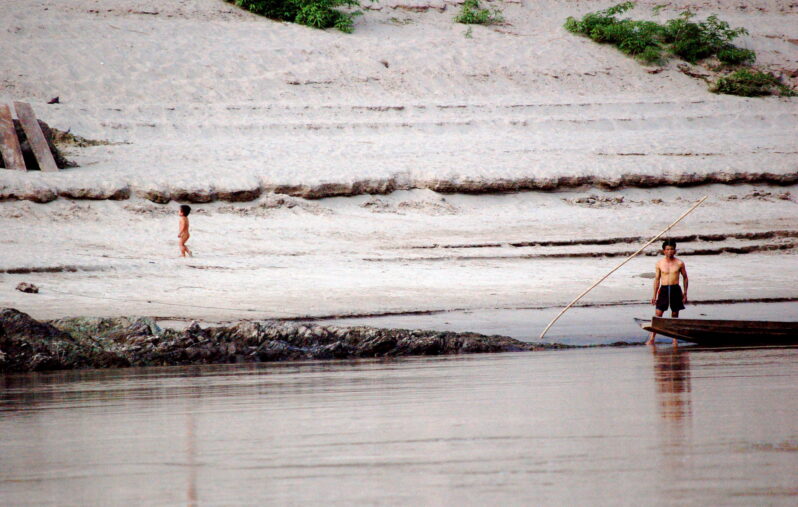
From February to April each year, Kam Thon spends most of her days knee-deep in the waters of the Mekong River by her village in northern Thailand, gathering river weed to sell and cook at home. Kam Thon and other women who live by the Mekong have been collecting river weed, or khai, for decades, but their harvest has fallen since China built nearly a dozen dams upstream. The dams have altered the flow of water and block much of the sediment that is vital for khai and rice cultivation, researchers say…
Starving the Mekong – Reuters
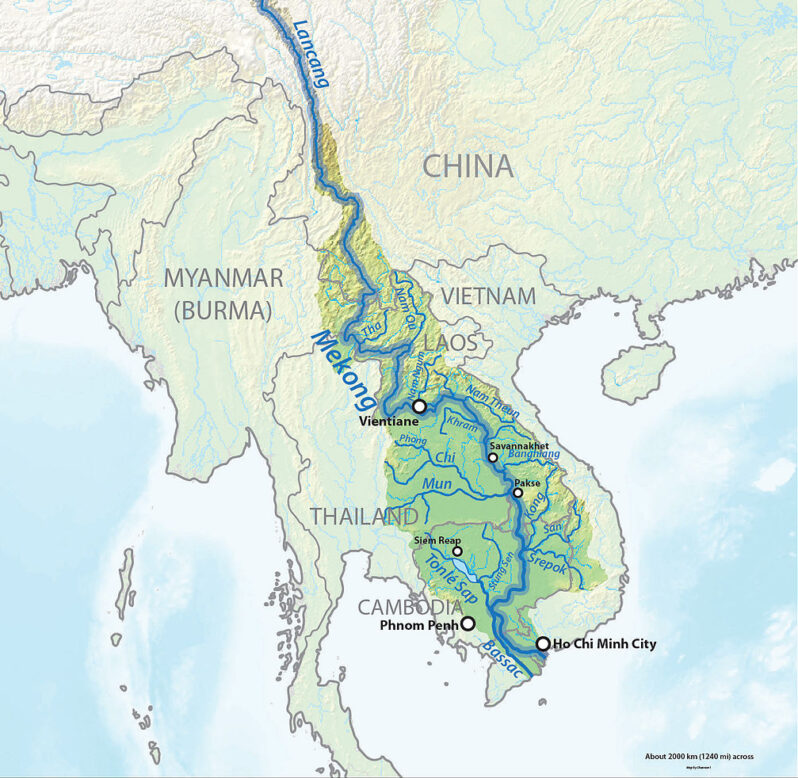
Lives are remade as dams built by China upstream deprive the Mekong River Delta of precious sediment
Standing on the bank of the Mekong River, Tran Van Cung can see his rice farm wash away before his very eyes. The paddy’s edge is crumbling into the delta.
Just 15 years ago, Southeast Asia’s longest river carried some 143 million tonnes of sediment – as heavy as about 430 Empire State Buildings – through to the Mekong River Delta every year, dumping nutrients along riverbanks essential to keeping tens of thousands of farms like Cung’s intact and productive…
